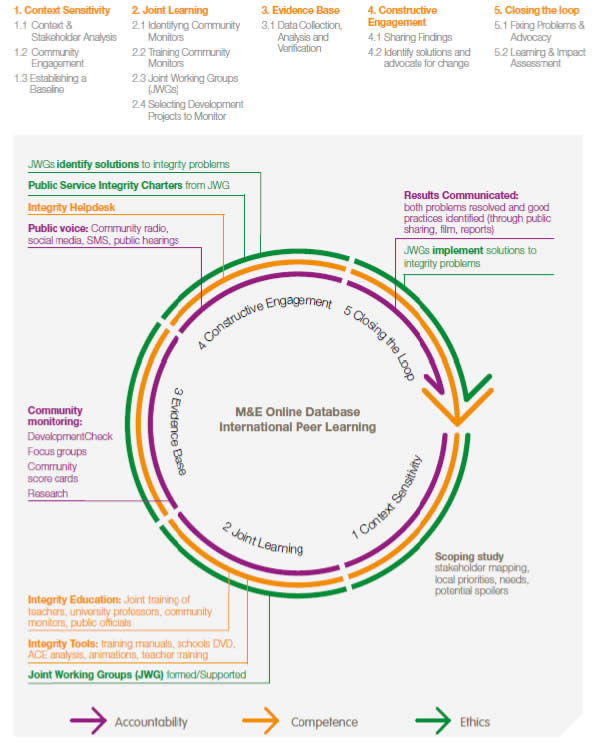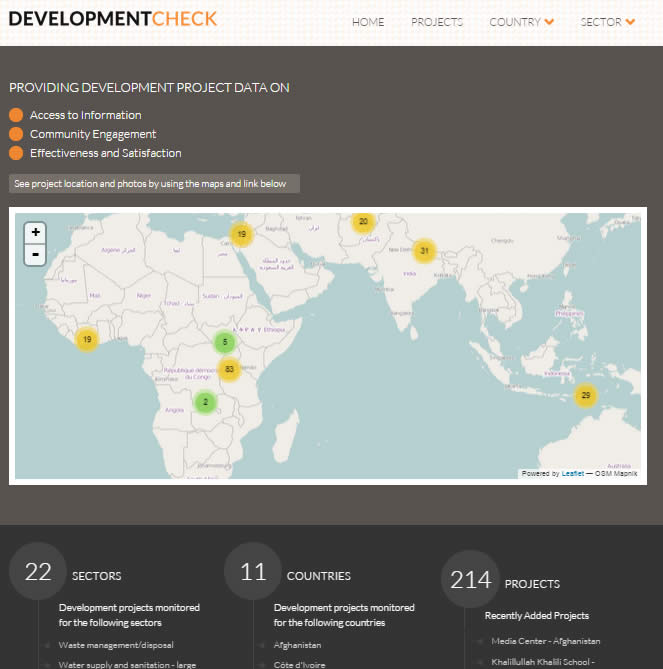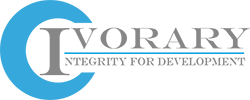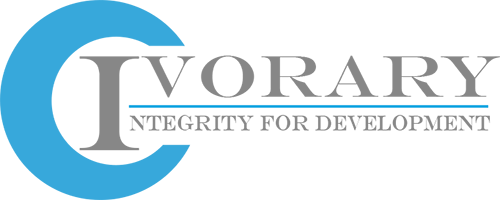CIB Corporate Social Responsibility
CONCEPT NOTE
Constructive Engagement for Integrity: Enhancing Social License to Operate of Mining Companies through Impactful Socio-economic Programmes
1. Rationale
Major public programmes in the areas of health, education, sanitation, environment, infrastructure in the developing world routinely lose between 5-50% of their resources to fraud, corruption and mismanagement. In Uganda, for example, a World Bank funded conservation project were reported to have seen most of the disbursed USD 37 million funds stolen, diverted or misused by the accounting officers, managers, operators, consultants and supervisors[1]. More recently and despite its very good ranking in the transparency index (Publish What you Fund), the Global Fund for HIV, Malaria and TB was reported to have discovered from its own audit 67% of an HIV grant in Mauritania was lost to faked documents and other fraud[2]. These are not isolated cases in Africa.
To some extent, the same situation may apply to major mining companies operating in Madagascar in their socio-economic programmes. It is well known that integrity shortcomings reduce the effectiveness of investment[3], and in socio-economic works such shortcomings may even induce social tensions. The amount of leakages in development funds if minimized can significantly increase the impact of socio-economic efforts of companies and therefore enhance and sustain their legitimacy.
2. Challenges
It is legitimate to question why do major Funds and Programmes, with their considerable resources, seemingly fail to put in place an accountability mechanism to reduce leakage at its “harmlessness” rate? Classical approaches on programme accountability, including measures like Local Funds Agents and Audits, remains useful but they have shown their limit to reduce the leakage rate and the associated risks.
Increasingly, community based accountability approach (monitoring, score cards…) are adopted to complement the classical controls. However, from experience, there is a need to carefully consider some key assumptions underlying the approach. As rural community members (among which monitors are chosen) are economically weak and not always bound by shared interests and values, assistance in improving participation and building capacity on social audit alone are unlikely to “empower” them against local officials (negative) influence. Steps further seem to be needed to “close the loop”.
Recently, ICT tools are more and more used to strengthen community based accountability and seems to attract growing interests of donors and intermediaries. Still, much need to be done to ensure that ICT based accountability would enhance the local dynamics in governance system engineering rather than short-circuit them.
3. Our proposed contribution
IVORARY-I4D, in partnership with Integrity Action (www.integrityaction.org), proposes a multifaceted approach of integrity building that combines constructive engagement with ICT tools. The approach can demonstrate that where its local partners and community integrity builders have identified problems in public infrastructure and service delivery they have often been able to fix these problems with a success rate that varies between 30 to 80%. Engaged key stakeholders in problem-solving approach are likely to remain empowered and able to smartly react to community development issues.
The business case: With an investment of 1% for integrity, IVORARY-I4D and its partners commit to reduce the fraud, corruption and mismanagement and to find local “fixes” for these problems. A reduction of these losses by 2% will already represent a 100% return on investment. A target of 2-20% is entirely realistic dependent on the context, but the 1% investment ratio would remain the same.
The key to the success of the approach is a partnership approach and the willingness of companies’ top leadership to invite IVORARY-I4D and its partners to undertake the work. For effectiveness, the work should be concurrent with project delivery.
4. Objectives and outcomes
The initiative aims to assure major mining companies in Madagascar on the benefit to systematically invest on small percentage of their socio-economic programme budget in integrity building driven by beneficiary communities to enhance legitimacy to operate, effectiveness and efficiency of policy and programmes.
The primary objective is to demonstrate and advocate through selected initiatives the value of investing on integrity in regards to empowerment of beneficiaries, “fix rate” and trust between companies and its key stakeholders.
5. Key steps of Community Integrity Building (CIB)
Our approach builds on community based approach to local development which involves community members in planning, implementation and evaluation. The CIB approach emphasizes the community lead in a constructive engagement process with service providers and duty bearers for better development outcomes. It aims a qualitative and sustainable change in integrity performance of key stakeholders.
CIB approach is a locally driven dynamic that helps to identify local, viable solutions to improve the quality of public infrastructure and services – through alignment of Accountability, Ethicality, Competence and Corruption Control. As shown in the picture below, CIB can be divided into five iterative phases:

6. An example of ICT Tools: DevelopmentCheck.org
This tool is a user driven and solution oriented online tool for citizen feedback on the transparency, participation and effectiveness of development projects. It enables communities to collect data through site visits, information requests, beneficiary surveys, project photos and report against recognized standards. It allows for bottom-up citizen feedback. As shown in the platform screen shot, it provides data on access to information, community engagement and effectiveness of monitored projects in an easy and efficient way.
Organisations are responsible for gathering citizen feedback, collecting evidence and publishing these findings on DevelopmentCheck. Each country where DevelopmentCheck operates will have a Quality Assurance Committee (henceforth ‘the Committee’) as a safeguard against erroneous or fraudulent data being uploaded on the site.
To date, the platform is also available in French. Use in other languages to develop real-time capability and feedback through a mobile application is now possible. Funding for DevelopmentCheck has been obtained from Google, the World Bank, NORAD, and the Indigo Trust.

7. Cost analysis and evaluation
The “1% investment” will in majority (around 87.5%) be allocated to core activities identified by the Joint Working Group for the local fixes and the remaining (approximately 12.5%) to support the initiative.
The leakage and fix rates will jointly be estimated by the partners at the beginning of the initiative to form a baseline that will be refined by the Joint Working Group later. To bring optimal results, the approach is relevant for multiyear initiative lasting at least 2 years. Performance will be measured annually and at the end of the programme.
8. Organisational Capacity
Ivorary-I4D, a national NGO composed of Malagasy integrity building experts, has a mandate to engage constructively citizens and local communities in the clean, fair and efficient governance of basic public services, including health, access to water drinking, education and social protection of vulnerable groups, to ensure equitable access to social and economic rights. It has the overall leadership and management of the initiative in collaboration with local community based organisations.
For quality insurance and knowledge development, Ivorary-I4D partners with Integrity Action, an international NGO that has had a pioneering role in the field of integrity reforms, social and community accountability and integrity education.
9. Contacts
| Bakolalao Ramanandraibe
President, Co-founder Ivorary-I4D email: bkl.ramanandraibe@gmail.com mobile : +261 32 04 447 12
|
Rafolisy Patrick
Executive Director, Co-Founder Ivorary-I4D email : de.ivorary@gmail.com mobile : +261 34 64 232 95
|
[1] New Vision (2011) cited in U4 brief, Unready for REDD+? Lessons from corruption in Ugandan conservation areas, June 2012
[2] http://www.aidspan.org/gfo_article/corruption-global-fund-grant-implementers
[3] The CoST initiative estimated that upwards of $4 trillion annually is lost through mismanagement, inefficiency, and corruption in public construction – on average 10 to 30 percent of a project’s value. http://www.constructiontransparency.org/the_initiative/the_challenge.cfm

